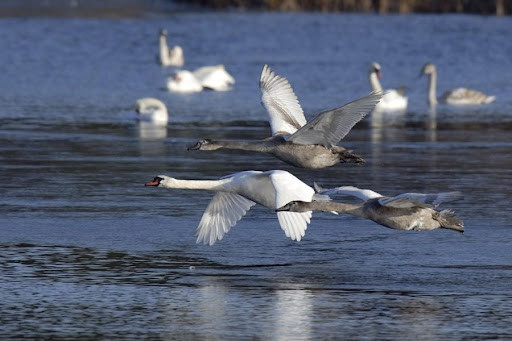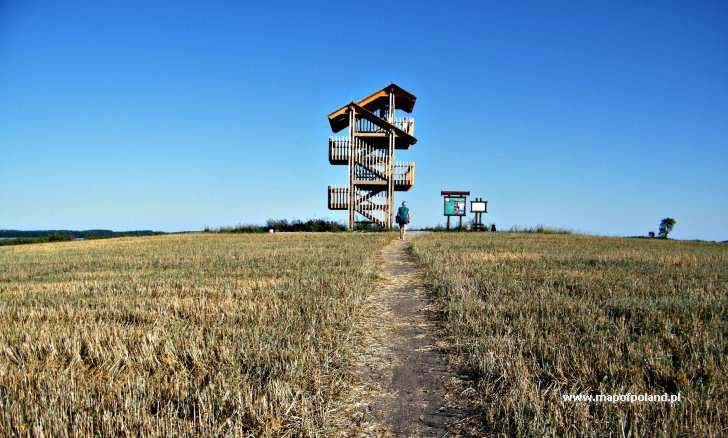Opis
Łuknajno Lake Nature Reserve is a Ramsar and Unesco protected site in the Masurian Landscape Park (Mazurski Park Krajobrazowy) and very rich in birds. The lake is located at an altitude of 115 m above sea level and connected by a narrow channel with Lake Śniardwy. The lake is eutrophic, very shallow in a far-reaching process of overgrowing. The lake’s shoreline is densely covered with abundant vegetation. The other habitats are mainly reed and sedge beds, willow communities and alder carr. The reserve supports numerous species of breeding and wintering birds. The reserve was created to preserve one of Europe's largest colonies of łabędź niemy (in some years about 2000 individuals). The waters of the lake are not particularly attractive for tourists – very overgrown and silted, with almost completely inaccessible waterfronts. Ideal conditions for many birds and birders who come to enjoy the birds. Among the birds you can see are żuraw, wodnik (zwyczajny), derkacz, kropiatka, zielonka, rybołów, błotniak stawowy, trzciniak, remiz, brzęczka, słowik szary, zaganiacz, gąsiorek and bielik.
Szczegóły
Dostęp
A nature trail leads along the meadows on the western side of Lake Łuknajno. The nature trail begins in the vicinity of the cemetery in Mikołajki. On the northern side is an observation tower located (see the map). On the southern side there are also several viewpoints (see the map).






